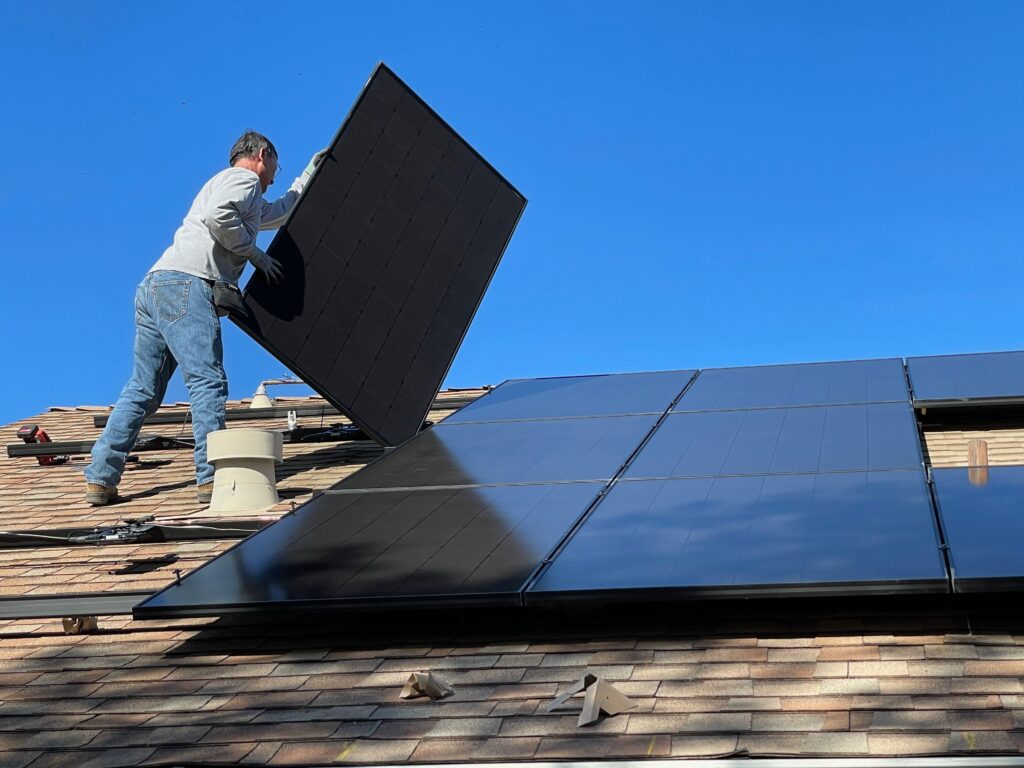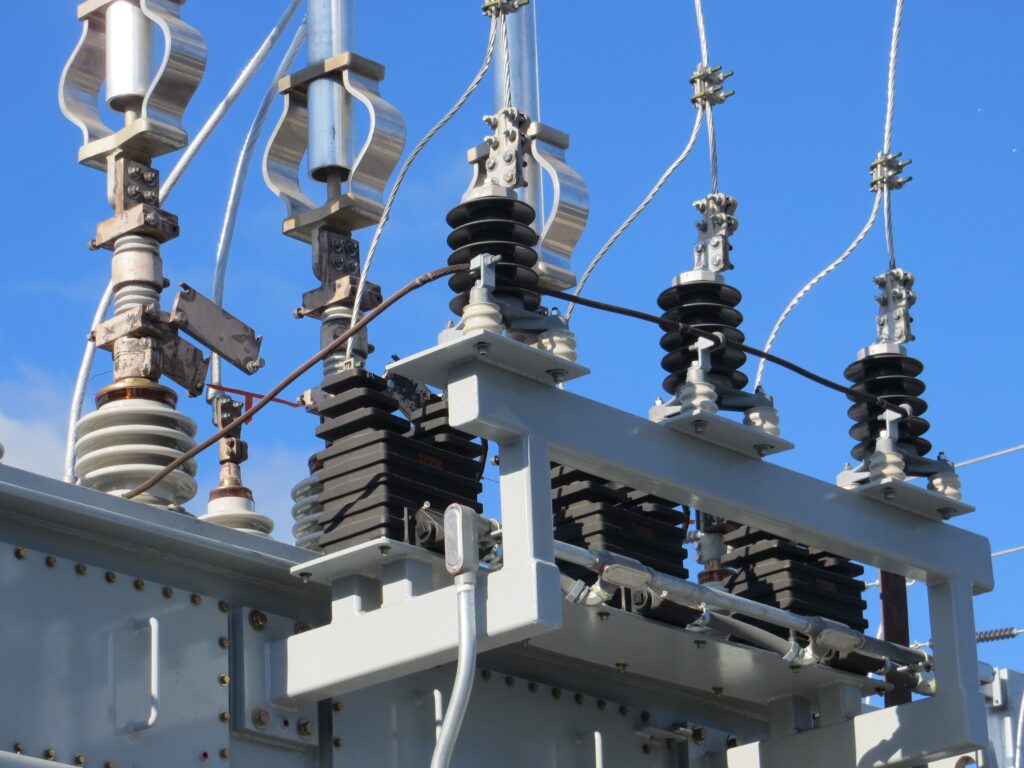Imagine a world where solar power is the main source of electricity, harnessing the endless energy of the sun to provide clean and sustainable power for all. It sounds like a dream, but like any invention, there are drawbacks to consider. In the case of solar panels, one major disadvantage stands out. Although they are an eco-friendly solution, their efficiency is heavily dependent on sunlight. This means that during nighttime or cloudy days, the generation of electricity drops significantly. This limitation poses a challenge that researchers and manufacturers are tirelessly working to overcome. Despite this drawback, the future of solar panel technology remains promising, and advancements are constantly being made to optimize their performance and reliability.
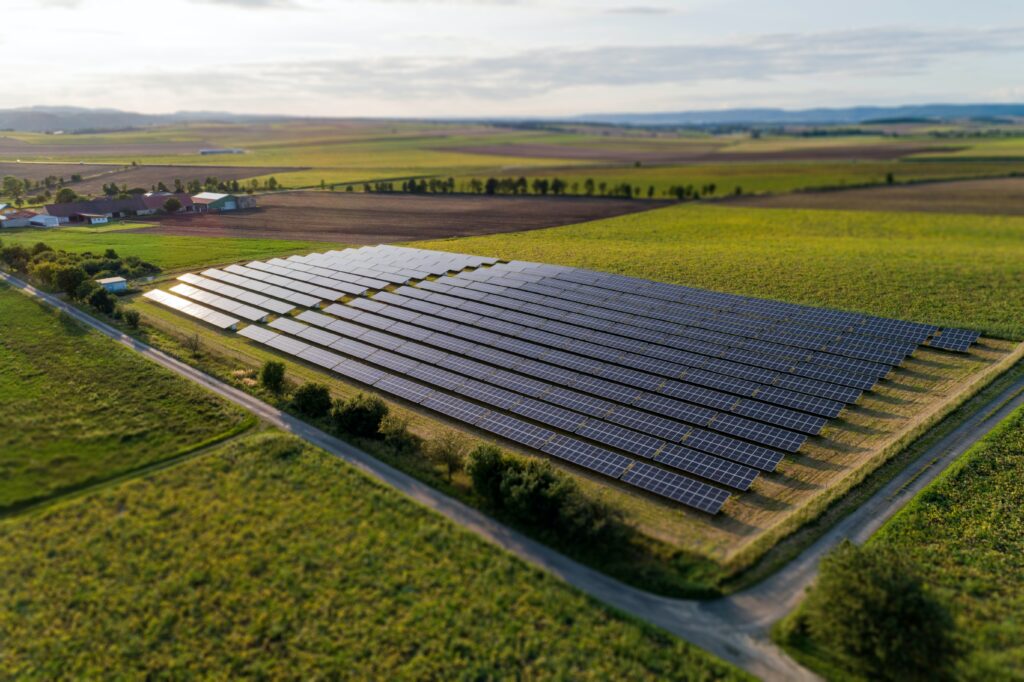
Dependence on Weather
Solar power production on cloudy days
One major disadvantage of solar panels in generating electricity is their dependence on weather conditions, particularly on cloudy days. Solar panels work by converting sunlight into electricity through photovoltaic cells. However, when the sky is overcast, the amount of sunlight reaching the panels is significantly reduced, resulting in a decrease in power production. While solar panels can still generate a limited amount of electricity on cloudy days, it is not as efficient as on clear, sunny days.
Difficulty in generation during winter months
Another challenge faced by solar panels is the difficulty in power generation during winter months. In many regions, winter brings shorter days, longer nights, and often less sunlight due to cloud cover. This reduced daylight and lower solar intensity result in decreased electricity generation. Additionally, snowfall and ice accumulation on solar panels can further hinder their performance by blocking the sunlight from reaching the panels.
Impact of storms on solar production
Storms, such as thunderstorms or heavy rainfall, can also have a negative impact on solar power production. During severe weather conditions, solar panels are at risk of damage, which can affect their ability to generate electricity. Strong winds, hail, or falling debris can cause physical harm to the panels, leading to reduced efficiency or even complete failure. Furthermore, excessive rainfall may cause water to penetrate the system, resulting in electrical issues and potential system damage.
Limited Hours of Power Generation
Impact of shorter daytime hours
Solar panels are limited in their power generation due to the shorter hours of daylight, especially during the winter months. In regions farther from the equator, where daylight hours are already shorter, solar panels have even fewer opportunities to capture sunlight and convert it into electricity. This limitation reduces the overall amount of electricity that can be generated on a daily basis, requiring alternative sources of energy during the nighttime and early morning hours.
Inefficiency during night times
Solar panels are entirely dependent on sunlight to produce electricity, meaning they cannot generate power during the nighttime hours when the sun is not present. This lack of efficiency during the night can be a significant drawback, as it necessitates energy storage or reliance on other energy sources such as the local power grid. Without adequate energy storage systems in place, solar panel users may experience a lack of power during nighttime hours, requiring them to seek alternative energy solutions.
Solutions to offset limited generation
To offset the limited generation of solar panels, various solutions can be implemented. One effective solution is the integration of energy storage systems, such as solar batteries. These batteries allow excess electricity generated during the day to be stored and used during periods of low or no sunlight, such as at night. Additionally, connecting solar panel systems to the power grid enables users to draw electricity from the grid when solar production is limited. This interconnected approach ensures a continuous supply of energy despite the limitations of solar power generation.
High Upfront Costs
Cost of purchasing solar panels
One significant disadvantage of solar panels is the high upfront costs associated with their purchase. While solar panel prices have decreased in recent years, the initial investment in purchasing solar panels can still be substantial. The cost is determined by factors such as the quality and efficiency of the panels, the system size needed to meet electricity demands, and additional components required for the installation.
Installation fees
In addition to the cost of purchasing solar panels, there are installation fees to consider. Proper installation is crucial for optimal performance and longevity of the solar panel system. Hiring a professional installation company or technician ensures that the panels are correctly mounted, connected, and integrated into the existing electrical system. However, the cost of installation can be significant, making it an additional financial burden for those interested in adopting solar power.
Additional expenses for battery storage systems
To overcome the limitations of solar power generation, the installation of energy storage systems, such as solar batteries, is often necessary. These batteries store excess electricity generated by the solar panels to be used during periods of low sunlight or during the night. However, the additional expense of purchasing and installing these battery storage systems can be a major disadvantage of solar panels. The cost of batteries can vary depending on their capacity and technology, potentially adding a substantial amount to the overall cost of a solar panel system.
Space Requirements
Size of solar installations
Another drawback of solar panels is the space they require for installation. Solar panels typically need a considerable amount of surface area to capture sufficient sunlight and generate electricity efficiently. The exact size of the installation depends on factors such as the energy needs of the user, the efficiency of the panels, and the climate conditions of the location. Adequate roof space or open land is necessary to accommodate the panels, which may not be readily available for everyone.
Spatial limitations in urban areas
In densely populated urban areas, the availability of open space for solar panel installations can be limited. The rooftops of buildings are often the primary option for solar panel placement in cities. However, not all buildings have suitable roofs for solar installations. Factors such as shading from nearby buildings, structural limitations, and building aesthetics may hinder the feasibility of installing solar panels in urban areas. This spatial limitation poses a challenge for individuals and businesses looking to adopt solar power in an urban environment.
Influence of land use on solar feasibility
The feasibility of solar panel installations is also influenced by land use and zoning regulations. Some regions may have restrictions on land use, particularly for agricultural or ecologically significant areas. This can limit the availability of open land for large-scale solar installations. Balancing the need for renewable energy generation with considerations for environmental preservation and land use planning can create challenges when attempting to expand solar power infrastructure.
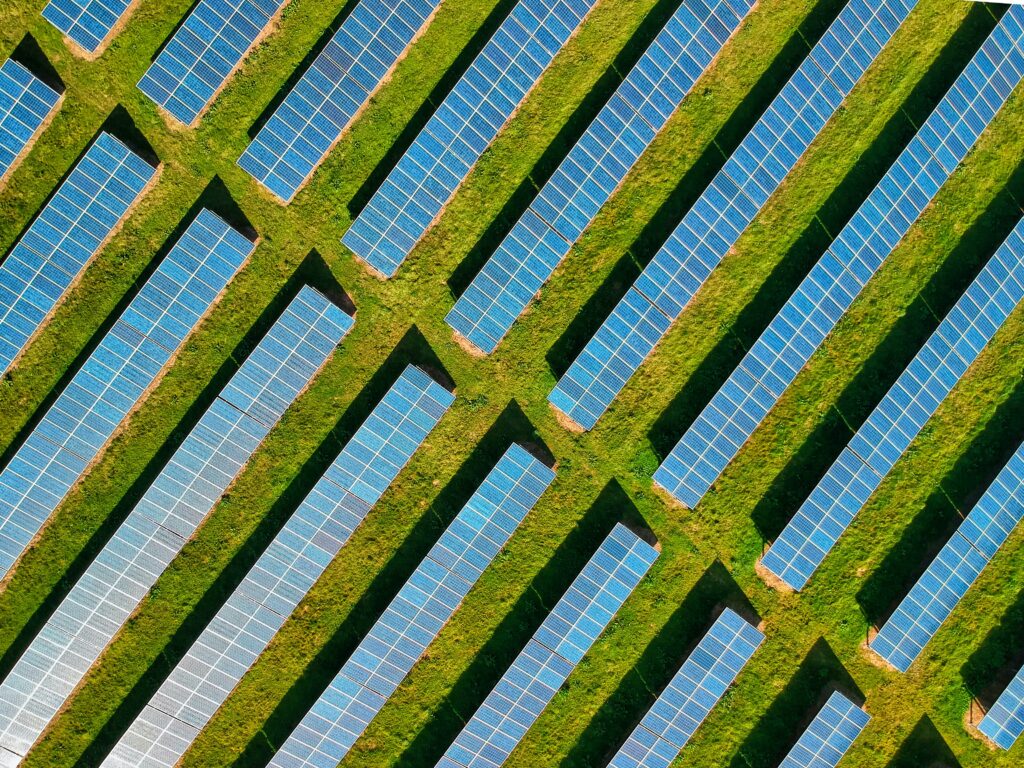
Energy Storage is Expensive
Cost of solar battery systems
While energy storage systems, such as solar batteries, provide a solution to overcome limited generation, they come at an additional cost. The price of solar batteries can be substantial, depending on their capacity, technology, and brand. Implementing an energy storage system requires investment beyond the initial cost of solar panels, which can deter some individuals and businesses from fully adopting solar power due to budget constraints.
Potential for energy loss during storage
Energy loss is another challenge associated with storing electricity in solar batteries. While modern battery systems have become more efficient, there is still a certain loss of energy during the charging and discharging process. This energy loss reduces the overall efficiency and effectiveness of the stored solar energy, resulting in a slight decrease in the amount of usable energy available. These energy losses must be considered when evaluating the overall cost-effectiveness of solar power systems.
Lifespan and maintenance cost of batteries
The lifespan and maintenance cost of solar batteries are also significant factors to consider. While batteries are crucial for storing excess solar energy, they have a limited lifespan. Over time, the battery’s capacity to store energy gradually diminishes, requiring eventual replacement. The cost of battery replacements, as well as ongoing maintenance, can be an added expense for solar panel system owners. Proper maintenance, regular monitoring, and occasional replacements contribute to the overall cost of utilizing solar battery systems.
Environmental Impact of Production
Carbon footprint of solar panel manufacturing
Despite being a renewable energy source, the manufacturing process of solar panels contributes to the carbon footprint of solar power. The production of solar panels involves various stages, including the extraction and processing of raw materials, such as silicon and other rare materials. These stages require energy and resources, which contribute to greenhouse gas emissions. However, it is important to note that the carbon footprint of solar panel production is generally lower than that associated with fossil fuel-based electricity generation.
Use of rare materials in production
The production of solar panels also relies on the use of rare and limited resources. For instance, many solar panels contain a semiconductor material called silicon, which has a limited supply. Ensuring a sustainable supply of these materials for solar panel manufacturing can pose challenges in the future. Innovations in material technology and recycling processes are being developed to reduce the reliance on rare materials and address environmental concerns associated with their extraction and use.
Waste created during decommissioning of panels
While solar panels have a long useful life, they eventually reach the end of their operational lifespan and require decommissioning. The decommissioning process involves safely removing and disposing of the panels. Improper disposal can result in environmental harm, as solar panels can contain hazardous materials, including lead and other toxic substances. Proper waste management and recycling programs are necessary to minimize the environmental impact of decommissioned solar panels and ensure sustainable practices within the renewable energy industry.
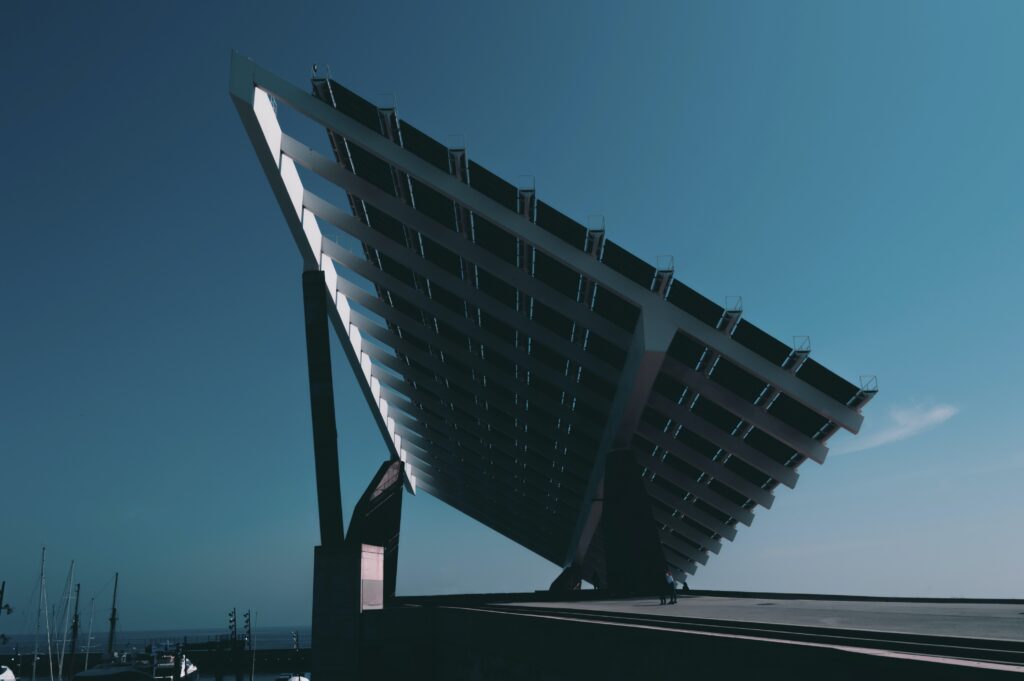
Possible Architectural Limitations
Aesthetic concerns
The installation of solar panels may raise aesthetic concerns, particularly in residential areas or locations with strict architectural guidelines. Some individuals may consider solar panels visually unappealing or incompatible with the architectural style of their homes. Striking a balance between renewable energy goals and architectural aesthetics can be a challenge, particularly when it comes to preserving the visual integrity of historic buildings or areas with specific design standards.
Historic building and heritage site restrictions
Historic buildings, heritage sites, or structures located within conservation areas may be subject to restrictions on alterations or modifications. These constraints can impede or limit the installation of solar panels. Preserving the historical significance and architectural integrity of these structures often takes precedence over renewable energy initiatives. In such cases, alternative solutions or compromises must be explored to meet energy needs while respecting the preservation of cultural heritage.
Roof suitability
Solar panel installations require roofs with suitable orientation, tilt, and structural integrity to maximize their efficiency and longevity. Not all roofs are ideal for solar panel installations. Roofs with shading from nearby buildings, natural obstructions, or orientations that do not align with the optimal solar angle may diminish the energy output of solar panels. Assessing roof suitability is essential during the planning stages to ensure the best possible performance from solar installations.
Need for Additional Equipment
Inverters and controllers
Solar panel systems often require additional equipment, such as inverters and controllers, to convert DC (direct current) electricity generated by the panels into AC (alternating current) electricity suitable for use. Inverters are necessary to convert the electricity, while controllers manage the overall system performance and optimize power output. These additional components add to the complexity and cost of solar panel installations, requiring careful consideration during system design and budgeting.
Cost of supplementary technology
The need for supplementary technology further adds to the cost of solar panel installations. Monitoring systems, wiring, circuit breakers, and other electrical components are essential for the safe and efficient operation of the system. The cost of these components, along with professional installation, can increase the overall investment required for adopting solar power.
Maintenance of additional equipment
Like any electrical system, solar panel installations require maintenance to ensure optimal performance. The additional equipment associated with solar panel systems, such as inverters and controllers, also requires periodic maintenance and occasional replacements. Regular inspections, cleaning, and troubleshooting may be necessary to address any issues that arise. The cost of maintenance should be taken into account when considering the total cost of owning and operating a solar panel system.
Concerns about Interconnection and Grid Stability
Dealing with grid instability issues
Interconnecting solar panel systems with the electrical grid can present challenges related to grid instability. Solar power generation is dependent on a stable and reliable grid connection to function effectively. Any fluctuations or disturbances in the grid’s voltage or frequency can affect the operation and efficiency of solar panels. Ensuring grid stability and compatibility with solar power systems requires proper synchronization and technical expertise during installation.
Interconnectivity regulations
Solar panel system owners must adhere to interconnectivity regulations stipulated by local utility companies and regulatory bodies. These regulations may include technical requirements, safety standards, and compliance with specific grid codes. Meeting these regulations can involve additional costs, inspections, and paperwork. Failure to comply with interconnectivity regulations can result in connection issues, fines, or limitations on solar power generation.
Impact on local utility companies
The widespread adoption of solar panels and generation of surplus electricity by users can pose challenges for local utility companies. Excess solar energy generated by individual or commercial solar panel systems can flow back into the grid, potentially leading to issues such as grid congestion or voltage stability problems. Utility companies must invest in grid infrastructure upgrades and management systems to accommodate the growing number of solar panel systems while maintaining grid stability and reliability.
Effects on Local Wildlife and Ecosystem
Impact on migratory bird routes
The installation of solar panels, particularly in large-scale solar farms or on vast open lands, may have an impact on migratory bird routes. Birds can become disoriented by the reflective surfaces of solar panels, leading to collisions and potential harm. To mitigate this issue, solar panel installations can incorporate bird-safe design elements, such as textured panels or structures that minimize reflections. Proper site selection and environmental impact assessments are crucial to minimize the impact on local wildlife and ecosystems.
Potential for habitat degradation
Solar panel installations can result in the conversion of open land or natural habitats into developed areas. This land conversion can lead to habitat degradation and fragmentation, impacting local flora and fauna. Careful consideration of potential ecological impacts, including conducting thorough environmental assessments, is essential when planning and siting solar panel installations. Implementing mitigation measures, such as habitat restoration or creating wildlife corridors, can help minimize the negative effects on local ecosystems.
Noise and light pollution concerns
Solar panel installations, particularly large-scale solar farms situated near residential areas, can contribute to noise and light pollution. The operation and maintenance activities associated with solar panels, such as cooling systems or tracking mechanisms, can emit noise that may disrupt nearby communities. Additionally, light pollution from illuminated structures or security lighting can impact nocturnal species and human residents. Implementing sound barriers, minimizing artificial lighting, and ensuring proper installation practices can help mitigate these concerns.
In conclusion, while solar panels offer numerous advantages as a clean and renewable energy source, they also come with several disadvantages to consider. From their dependence on weather conditions to the high upfront costs and space requirements, various challenges must be taken into account when opting for solar power. Additionally, the environmental impact of production, architectural limitations, the need for additional equipment, concerns about grid stability, and potential effects on local wildlife and ecosystems all contribute to the overall complexity and considerations surrounding solar panel installations. Despite these drawbacks, advancements in technology, government incentives, and the increasing demand for sustainable energy are driving the ongoing development and improvement of solar power systems, making them an increasingly viable option for meeting our energy needs while minimizing our carbon footprint.


